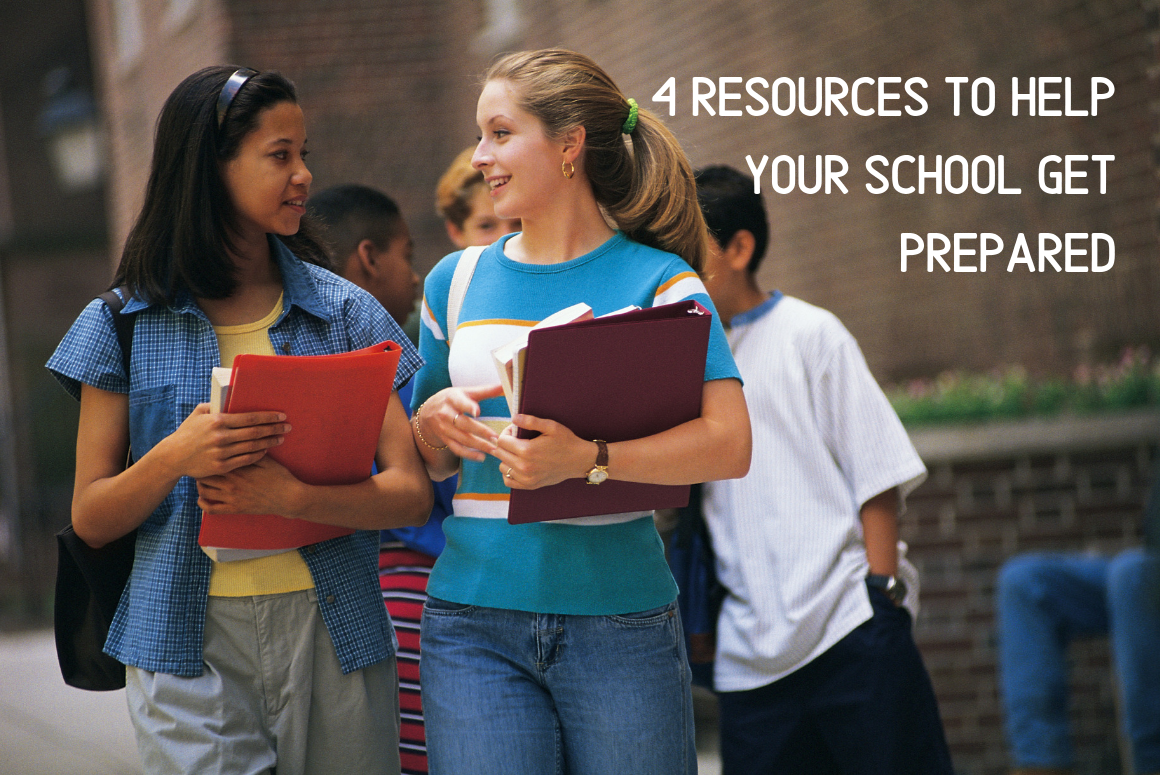As the start of the new school year approaches, there are so many responsibilities for schools and staff, and as a result, it can often be easy to overlook emergency preparedness planning. As this is an important part of ensuring the safety and security of students in your care, here are four resources to help your school get prepared.
Determine The Risks To Your School
Crises affect schools across the country every day whether natural disasters such as hurricanes, earthquakes, and wildfires, or hazards like school violence, infectious disease outbreaks, and terrorist threats. It can be a challenge for a school to determine and prioritize the specific emergencies that they should prepare for, and then how to prepare for them.
A vulnerability assessment helps schools take steps to prevent, mitigate, and lessen the potential impact of these risks by developing customized emergency management plans, and is an ongoing process for identifying and prioritizing those risks.
Develop An Emergency Management Plan
As you plan for the emergencies that your school may face throughout the school year, the Readiness & Emergency Management for Schools (REMS) is a technical assistance center, created by the U.S. Department of Education’s Office of Safe and Supportive Schools. Schools can find resources and tools to prepare for a variety of scenarios from active shooter situations to fires, tornadoes, floods, and even pandemic influenza, and can create customized emergency operations plans.
Provide Students With Learning Resources
Students are always willing to learn new emergency procedures designed to keep them safe while in school. Share age-appropriate content with your students, and encourage them to continue the conversation with friends and family once they’re home. Here are a few resources that you can use as educators to teach kids what to do before, during, and after an emergency:
- Youth Emergency Preparedness Curriculum (for Grades 1-12)
- Student Tools for Emergency Planning (STEP)
- Teen Community Emergency Response Team Training (Teen CERT)
Support Students After A Disaster
Emergencies can be traumatic to students and part of your emergency planning should include what to do after an event has occurred. Providing students with a safe space to share their concerns, express their emotions, and find ongoing tools and resources is a key part of your planning and processes:
- Helping Children Cope With Emergencies (CDC)
- Returning to School After an Emergency or Disaster: Tips to Help Your Students Cope (CDC)
- Talking With and Helping Children and Youth Cope After a Disaster or Traumatic Event (US Department of Health & Human Services)
To get started on your Emergency Management Plan, check out this complete guide from the British Columbia Ministry of Education.
Terms and Conditions
All content provided on this blog is for informational purposes only. The owner of this blog makes no representations as to the accuracy or completeness of any information on this site or found by following any link on this site. The owner will not be liable for any errors or omissions in this information nor for the availability of this information. The owner will not be liable for any losses, injuries, or damages from the display or use of this information. This policy is subject to change at any time.

